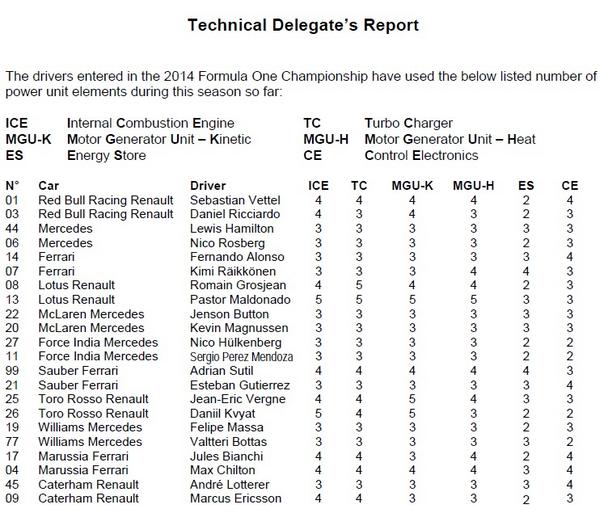gruntguru wrote:ringo wrote:You all are willing to accept inaccuracies of over 10% but want to pin down on something as sensitive to making power as A:F?
A +-10% agreement on what AFR is being used in the current engines would be a huge improvement. We have had people arguing for everything from 0.8 to 2.0 ie 1.4 +-43%.
You are not understanding my statement. I am saying that yes 10% difference in A:F is very important. And this is why you cannot willy nilly accept 10% fudged numbers for other things like air temperatures and charge pressure and temperature.
They all affect A:F used.
So I am basically saying that you can't have your cake and eat it. Either you work with complete accuracy or you don't.
Previously you all were fudging up boost temps and pressure. I am saying that you cannot do that and expect to get any useful result.




